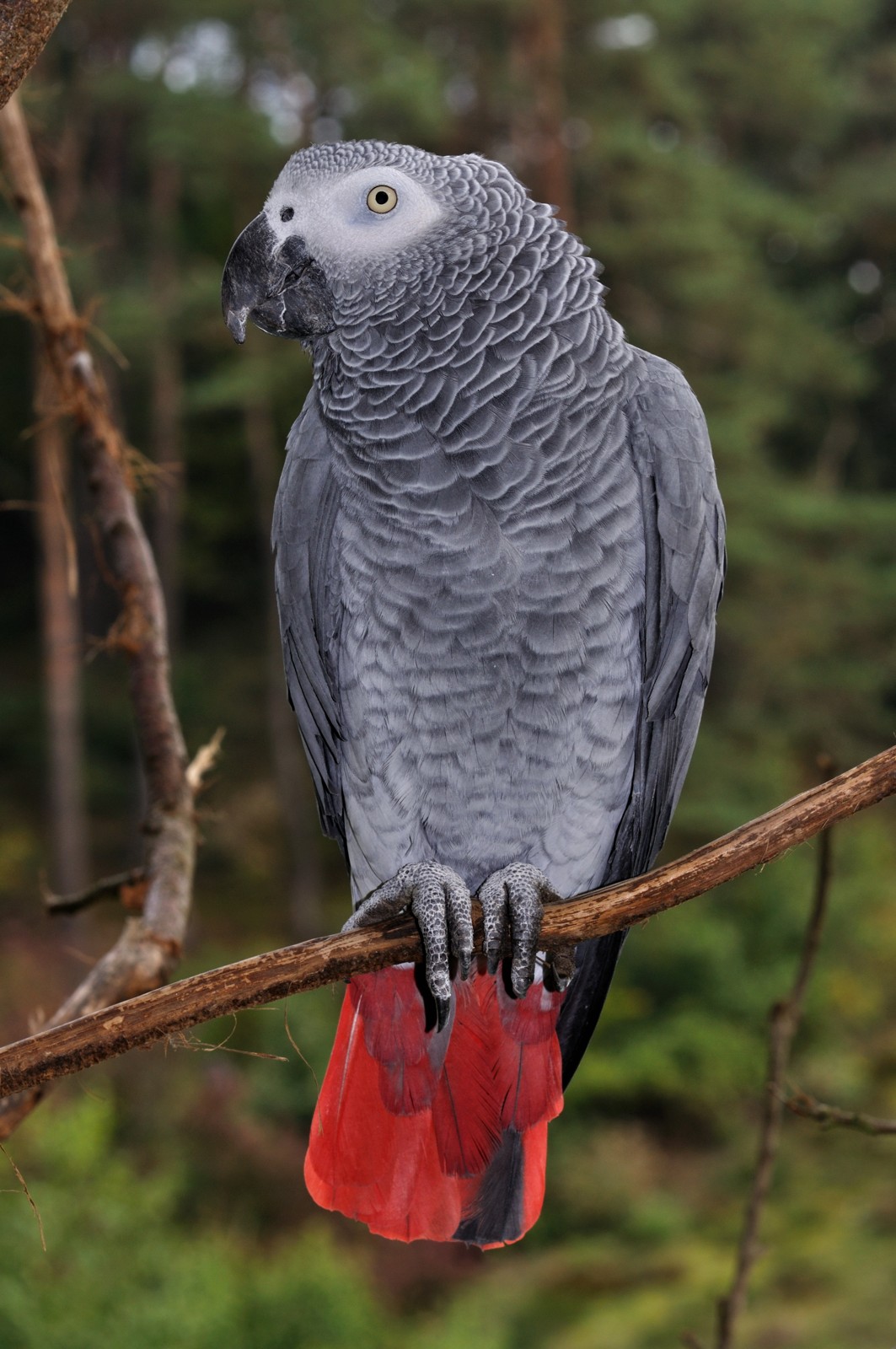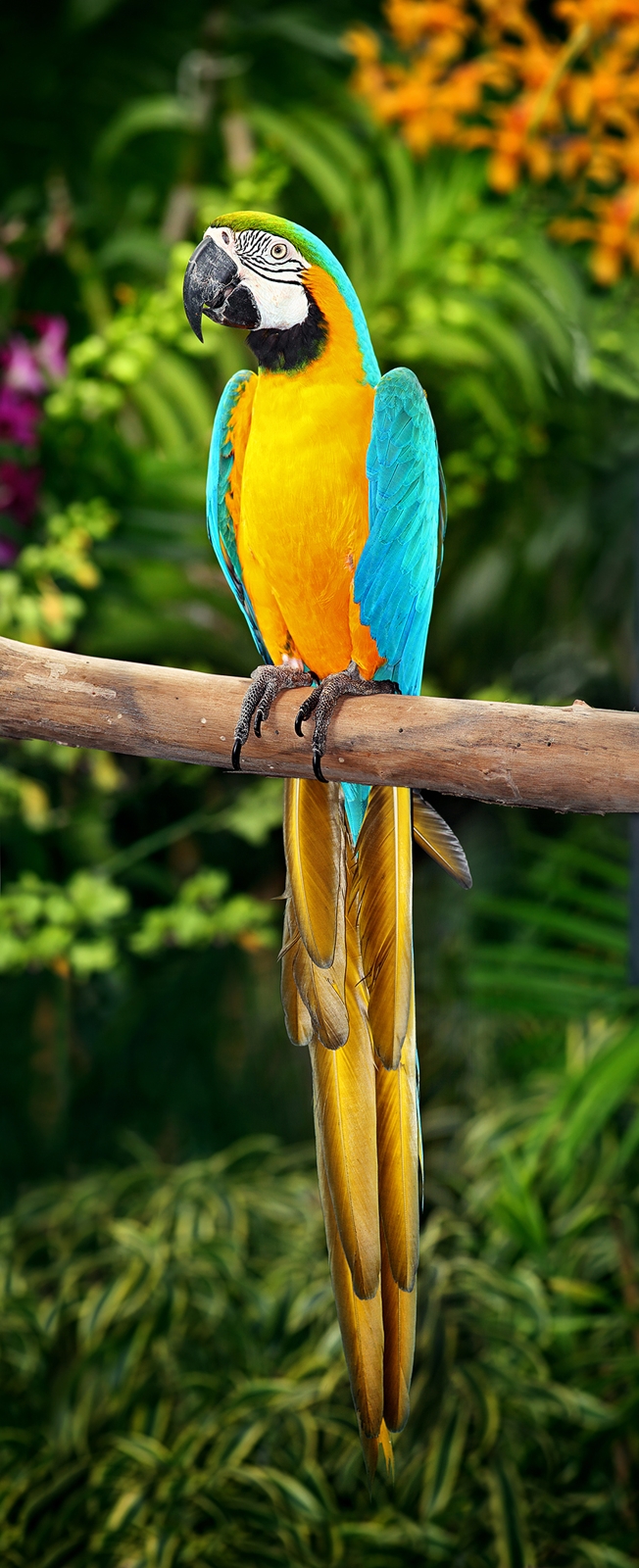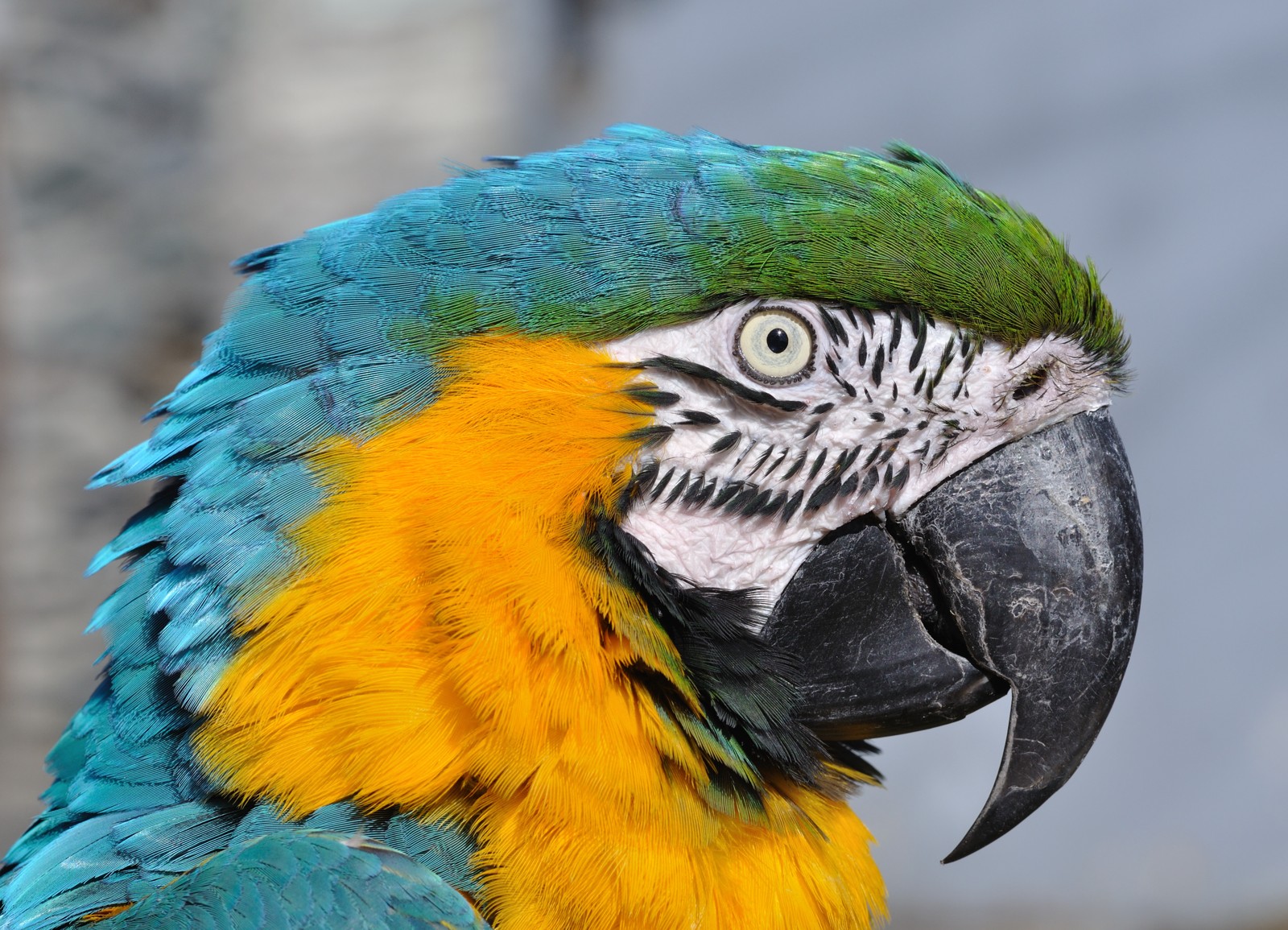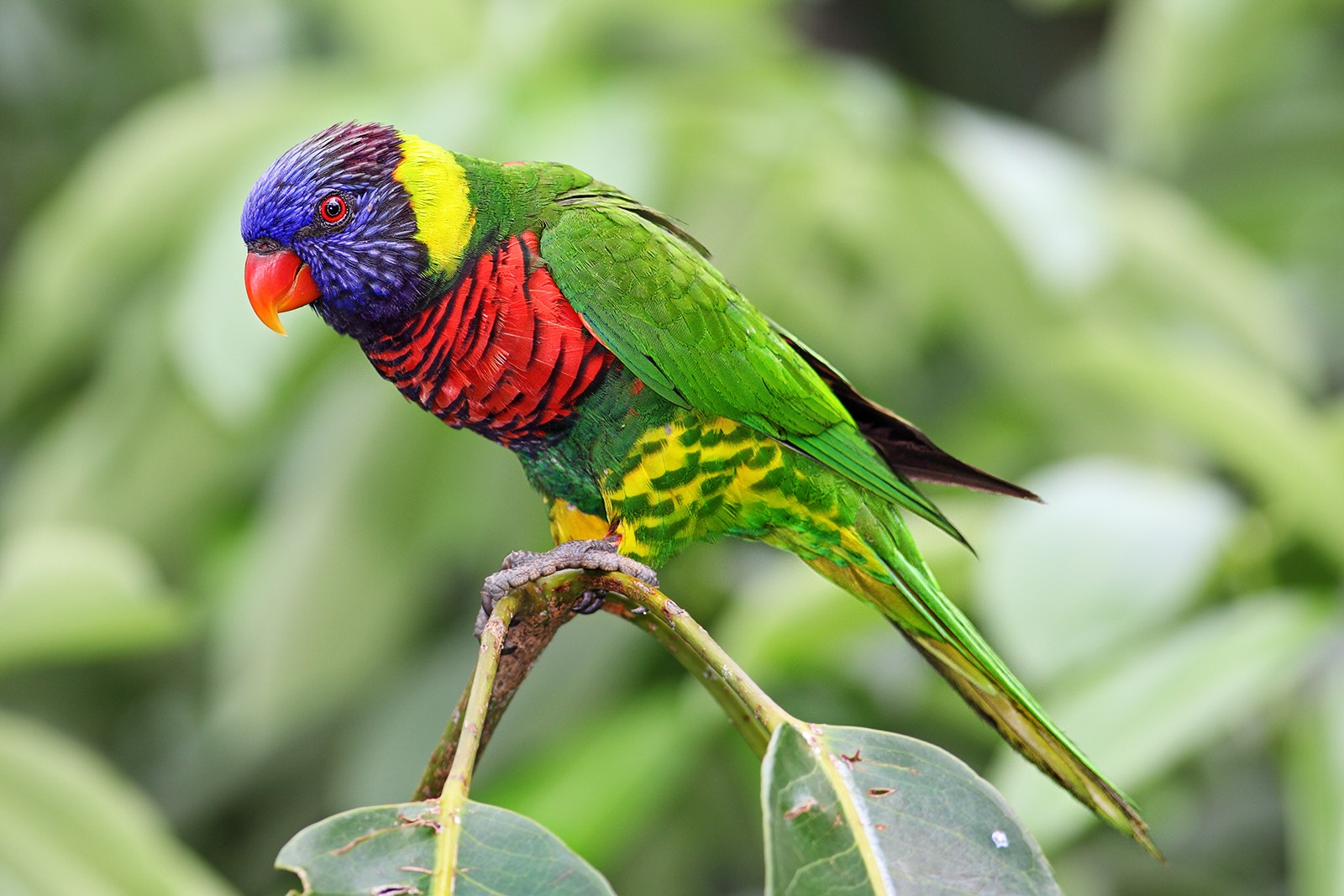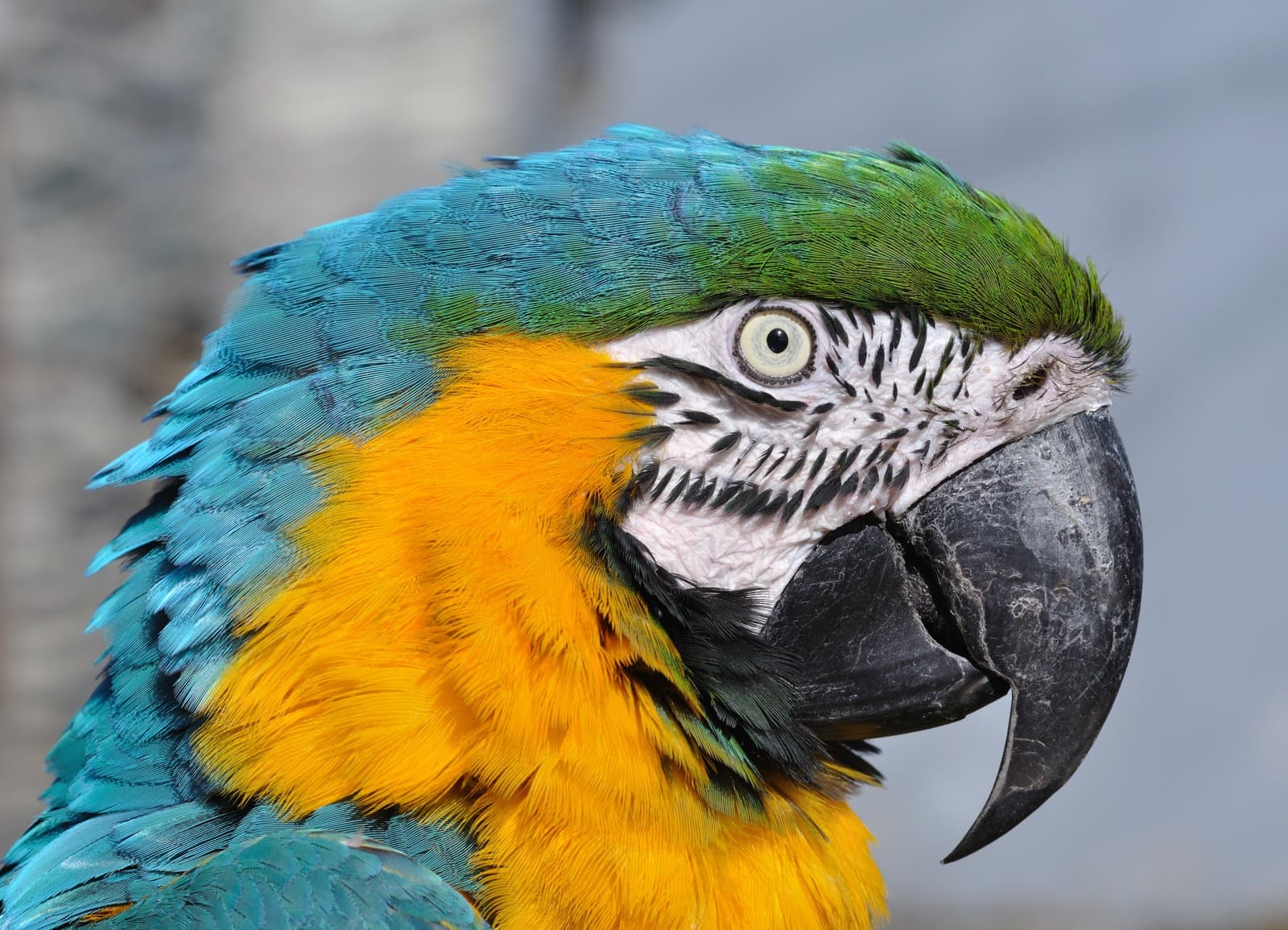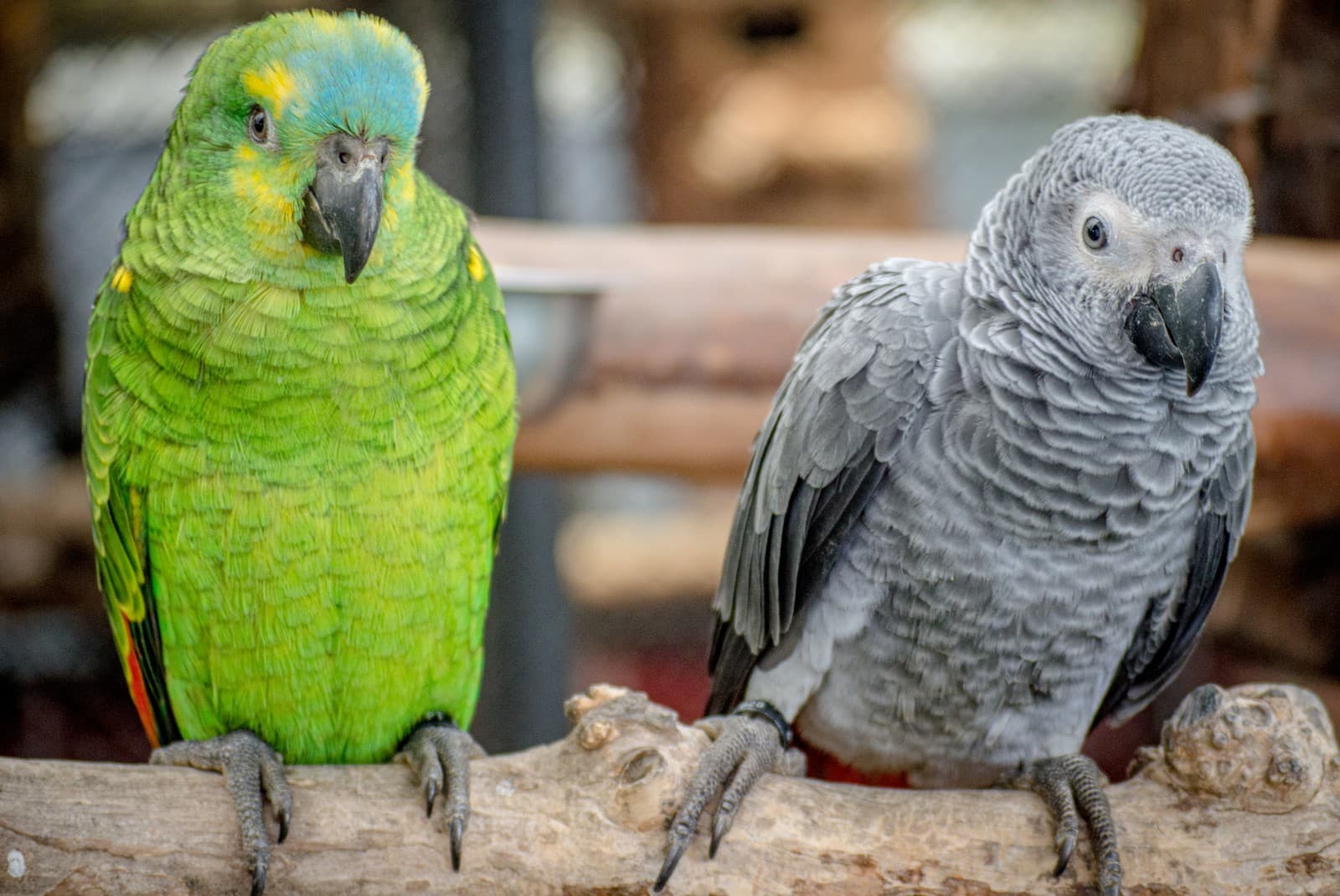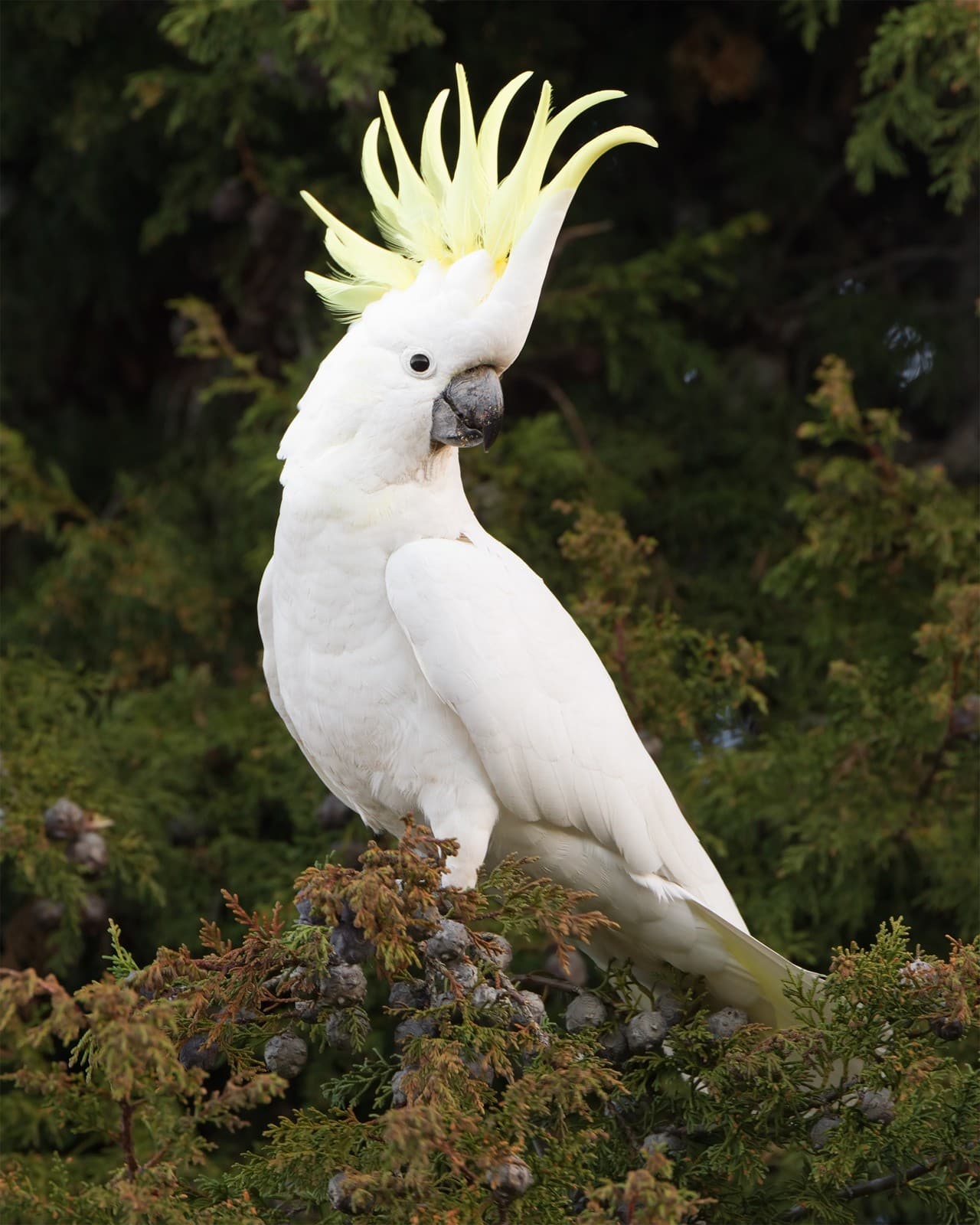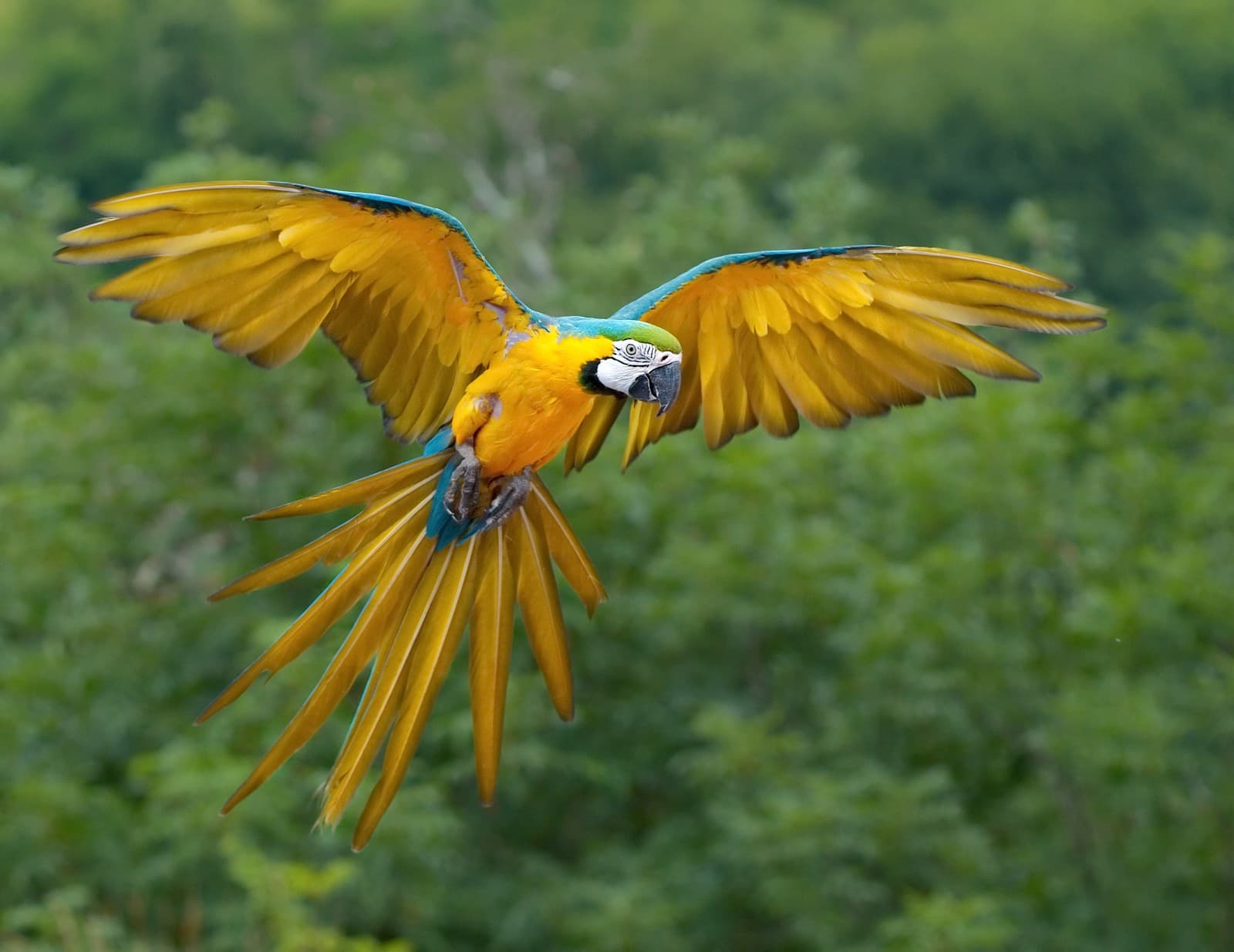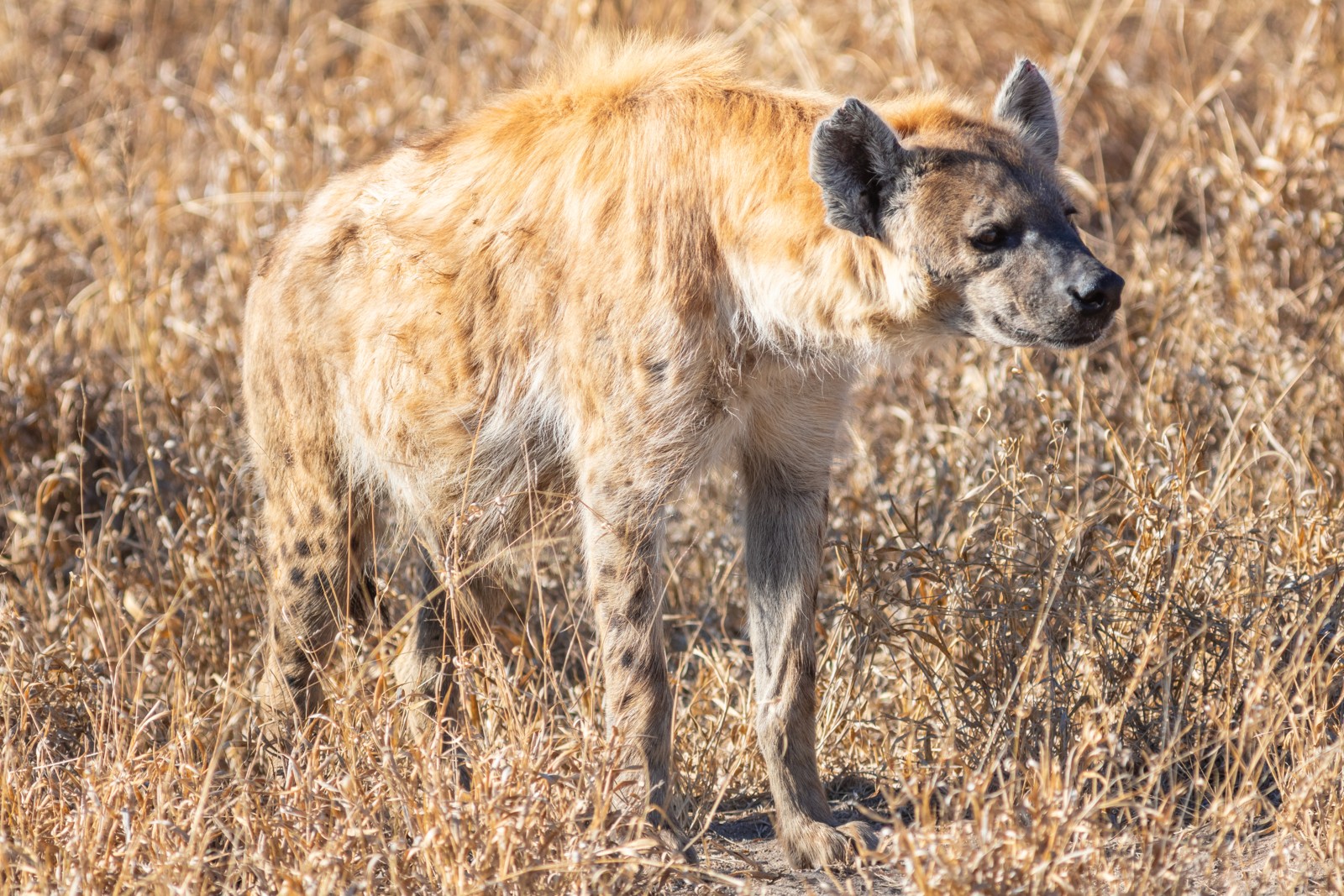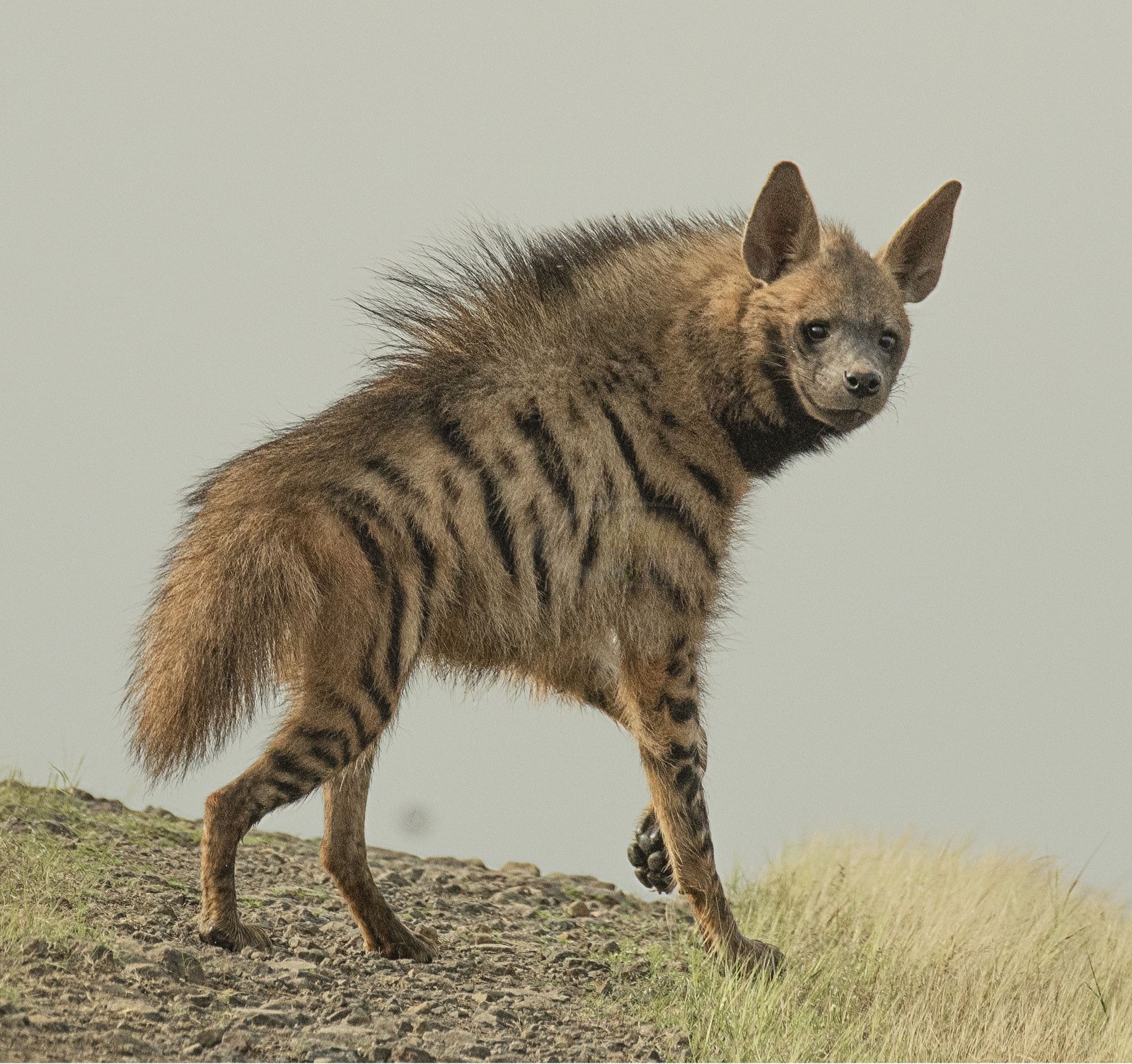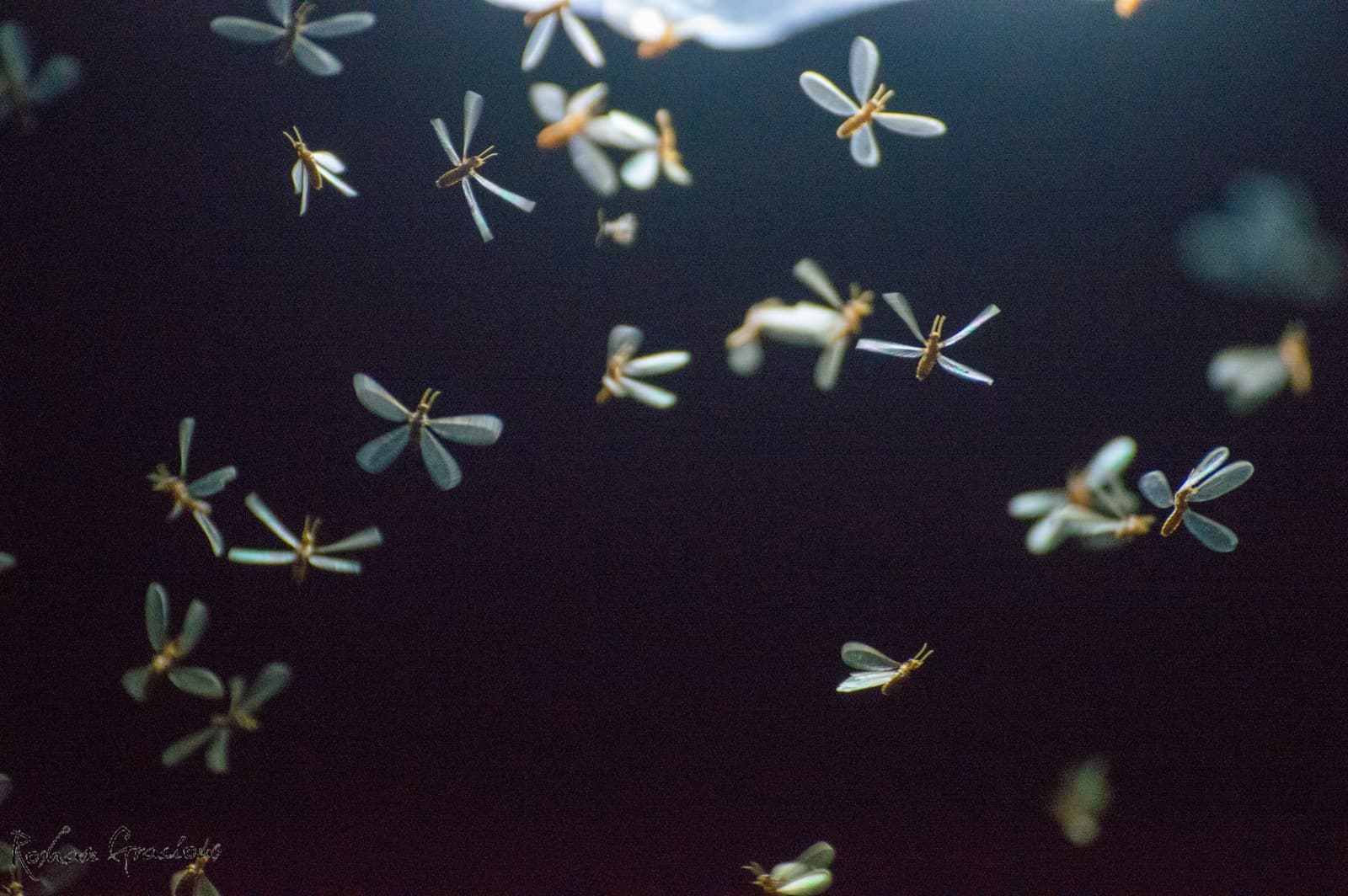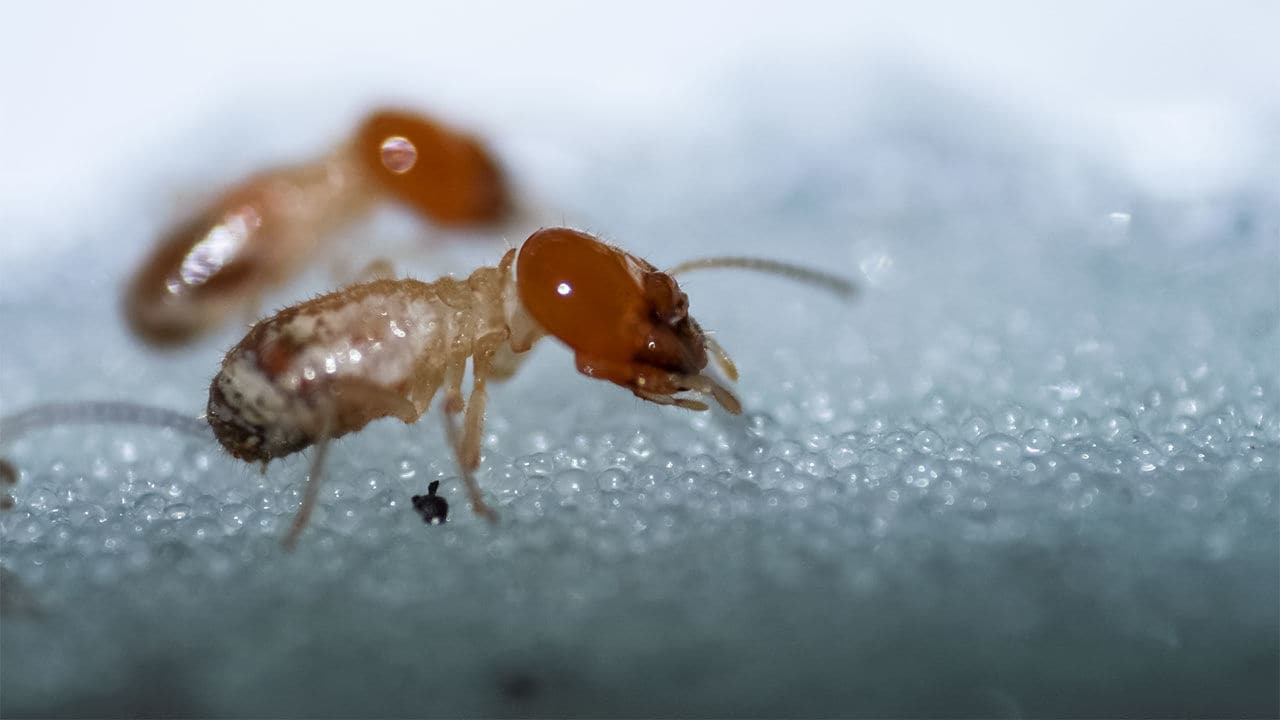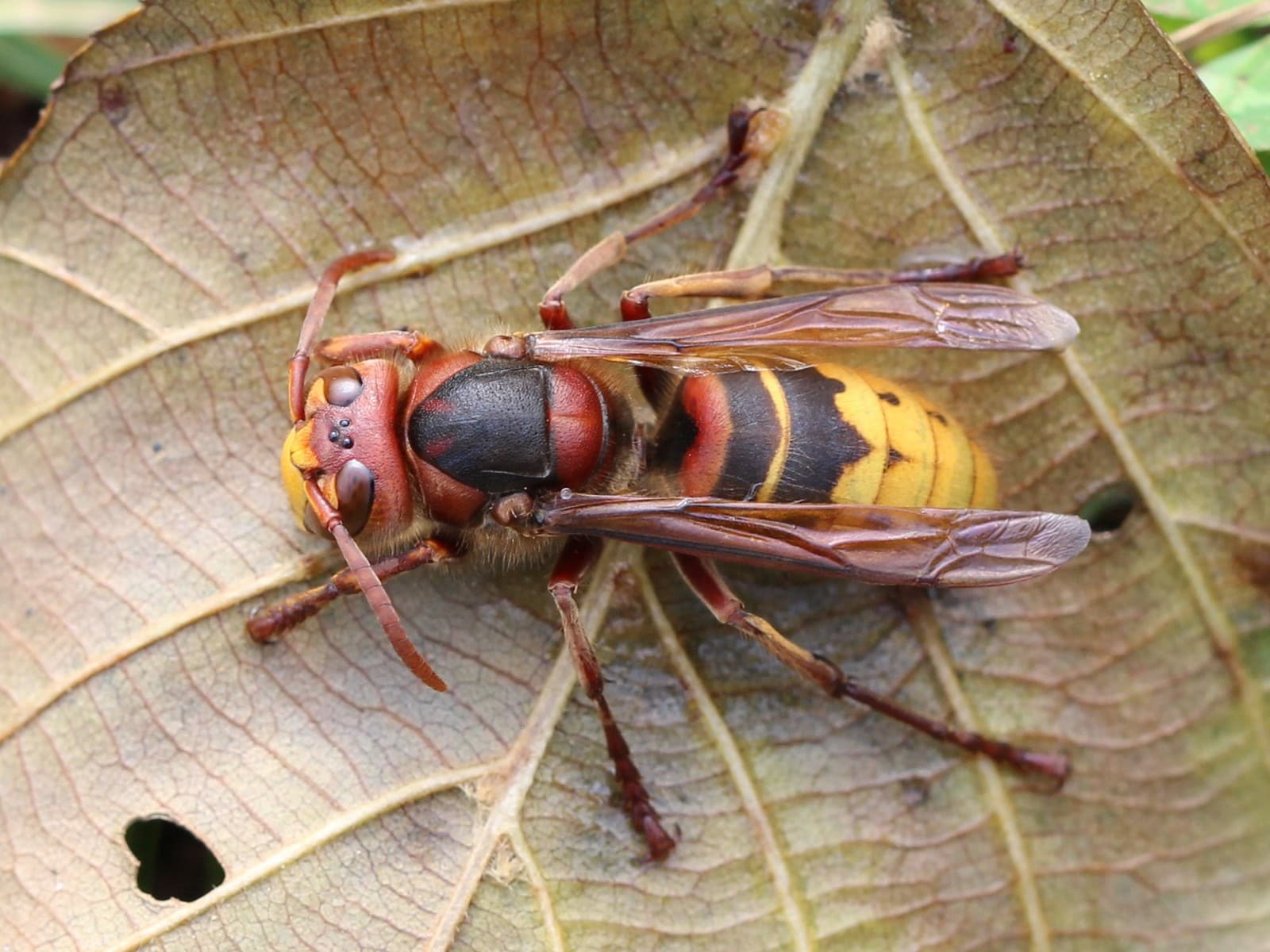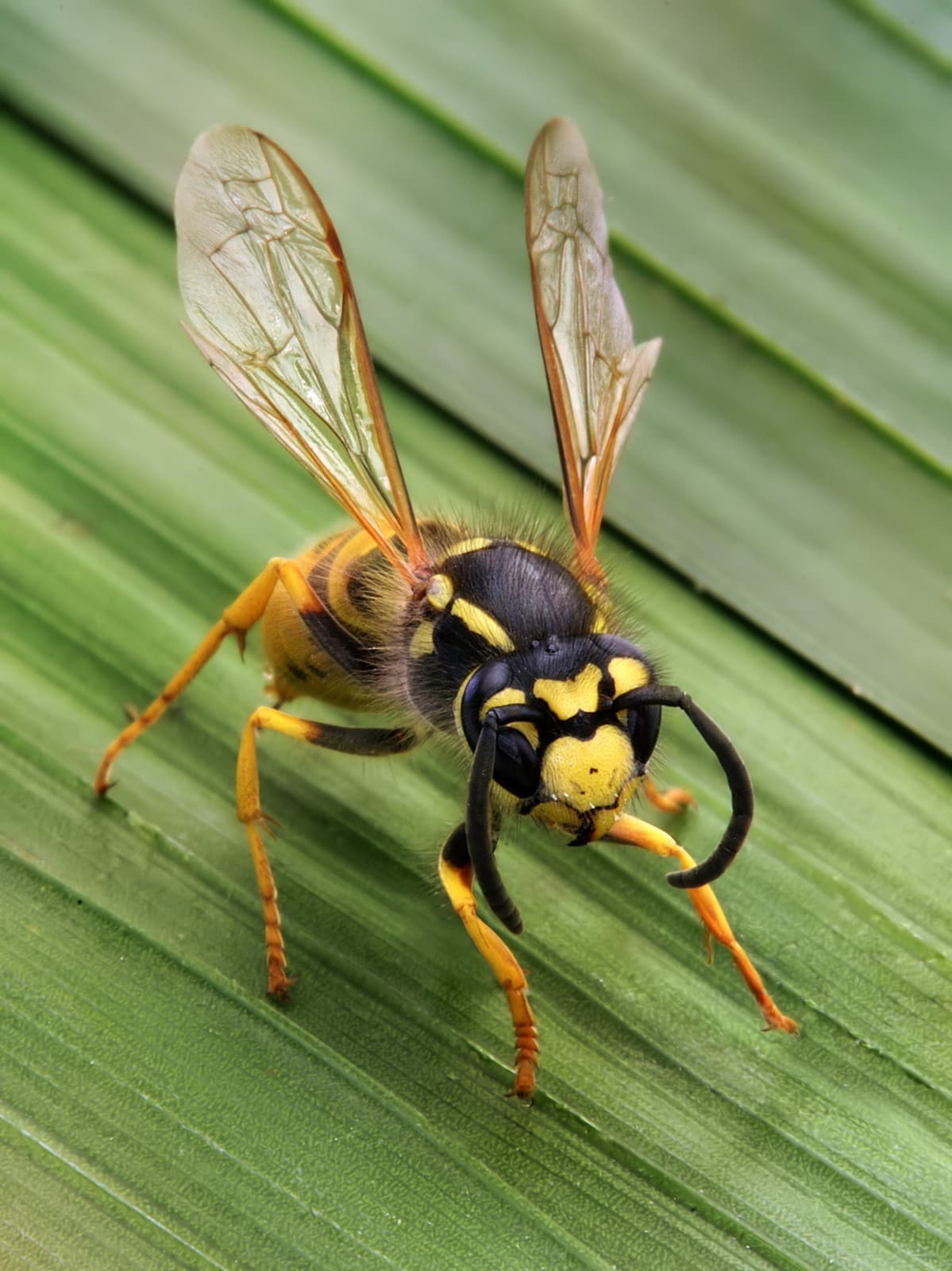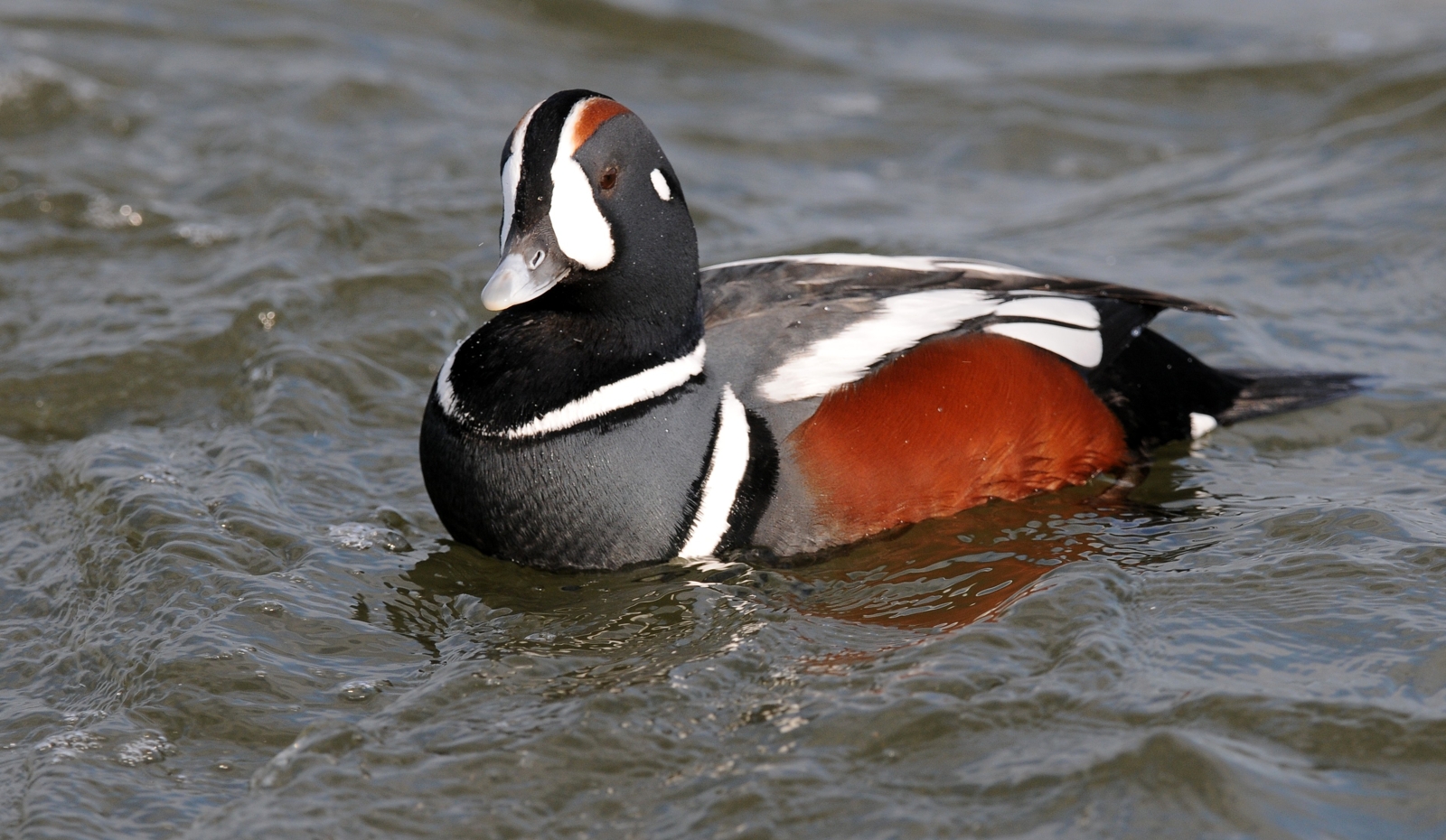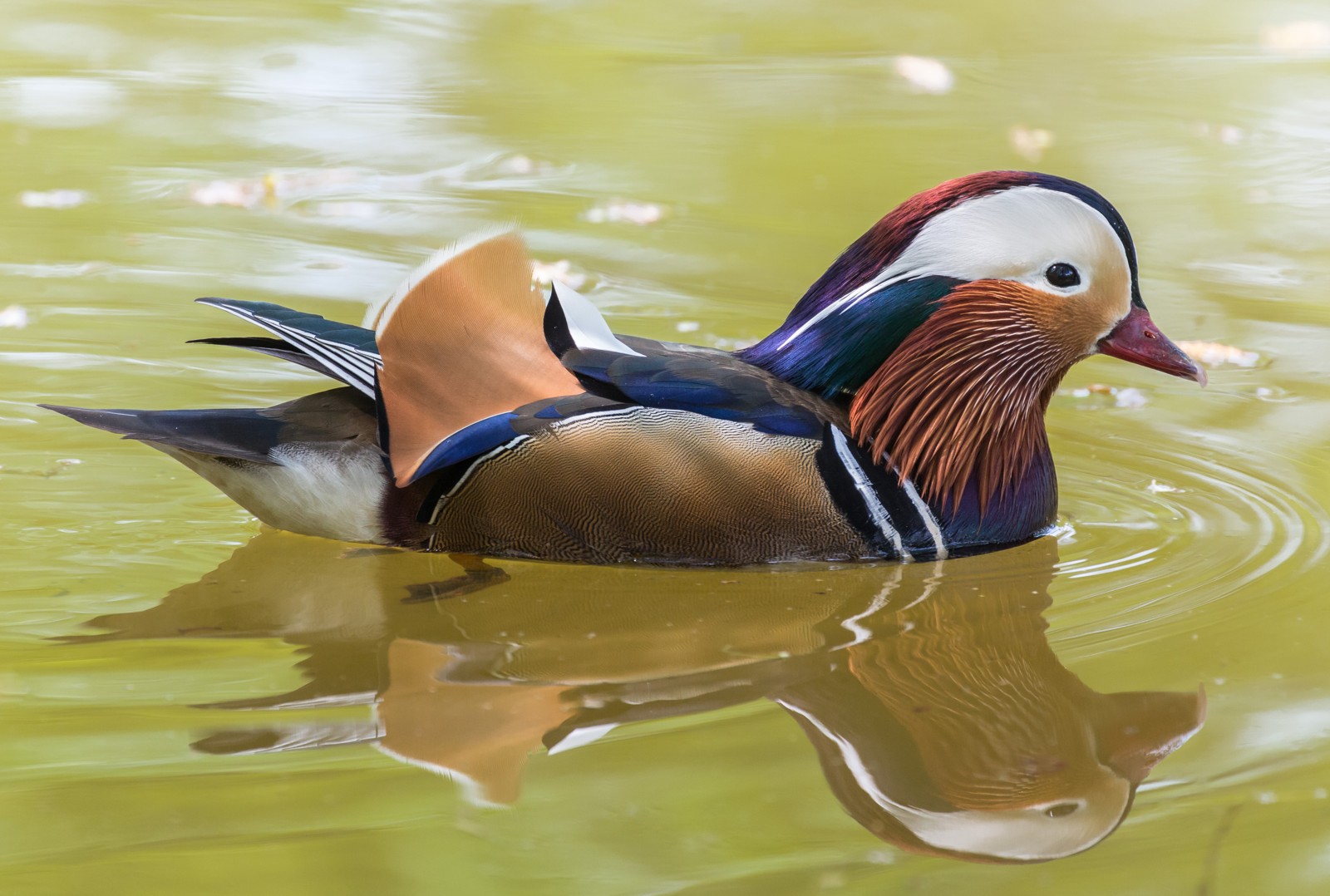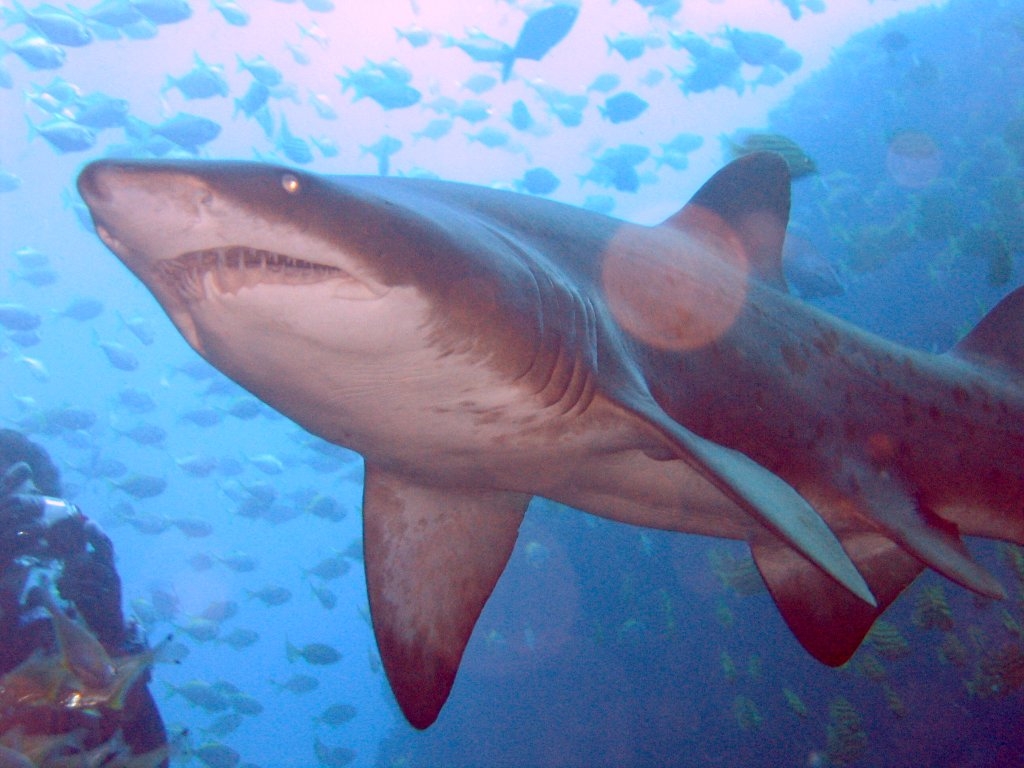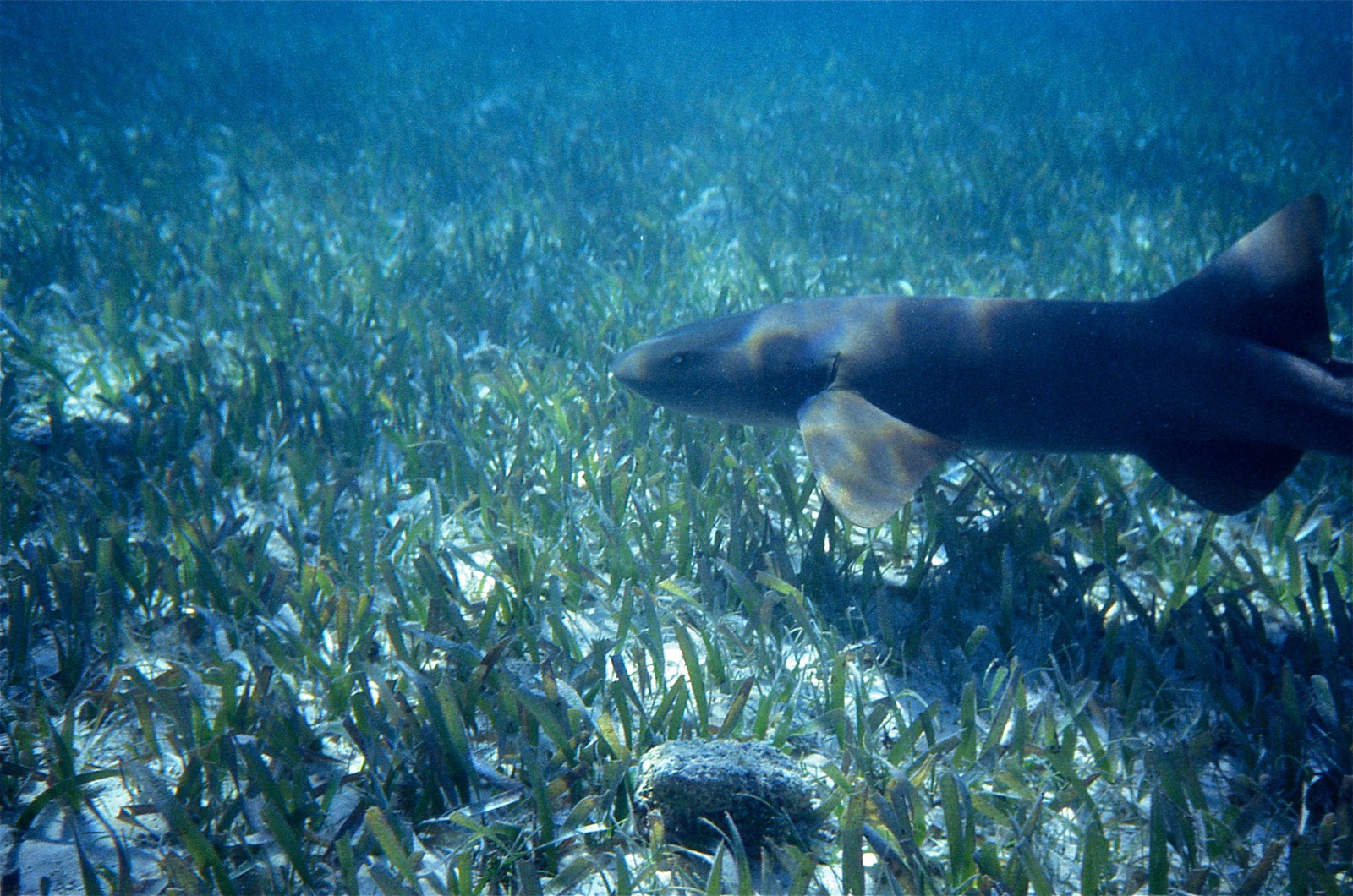Macaw vs Cockatoo: A Complete Comparison
When comparing Macaws vs Cockatoos, these magnificent parrots showcase distinct characteristics that set them apart in the avian world. Macaws, native to Central and South America, typically display vibrant rainbow hues and can reach lengths of 40 inches (101.6 cm), while Cockatoos, indigenous to Australia and Southeast Asia, are predominantly white with distinctive crests and average 12-24 inches (30.5-61 cm) in length.
The primary differences between these intelligent parrots extend beyond size and appearance. Macaws generally live 50-60 years in captivity, whereas Cockatoos can survive up to 70-80 years with proper care. Their personalities, care requirements, and natural behaviors offer fascinating insights into these remarkable creatures.
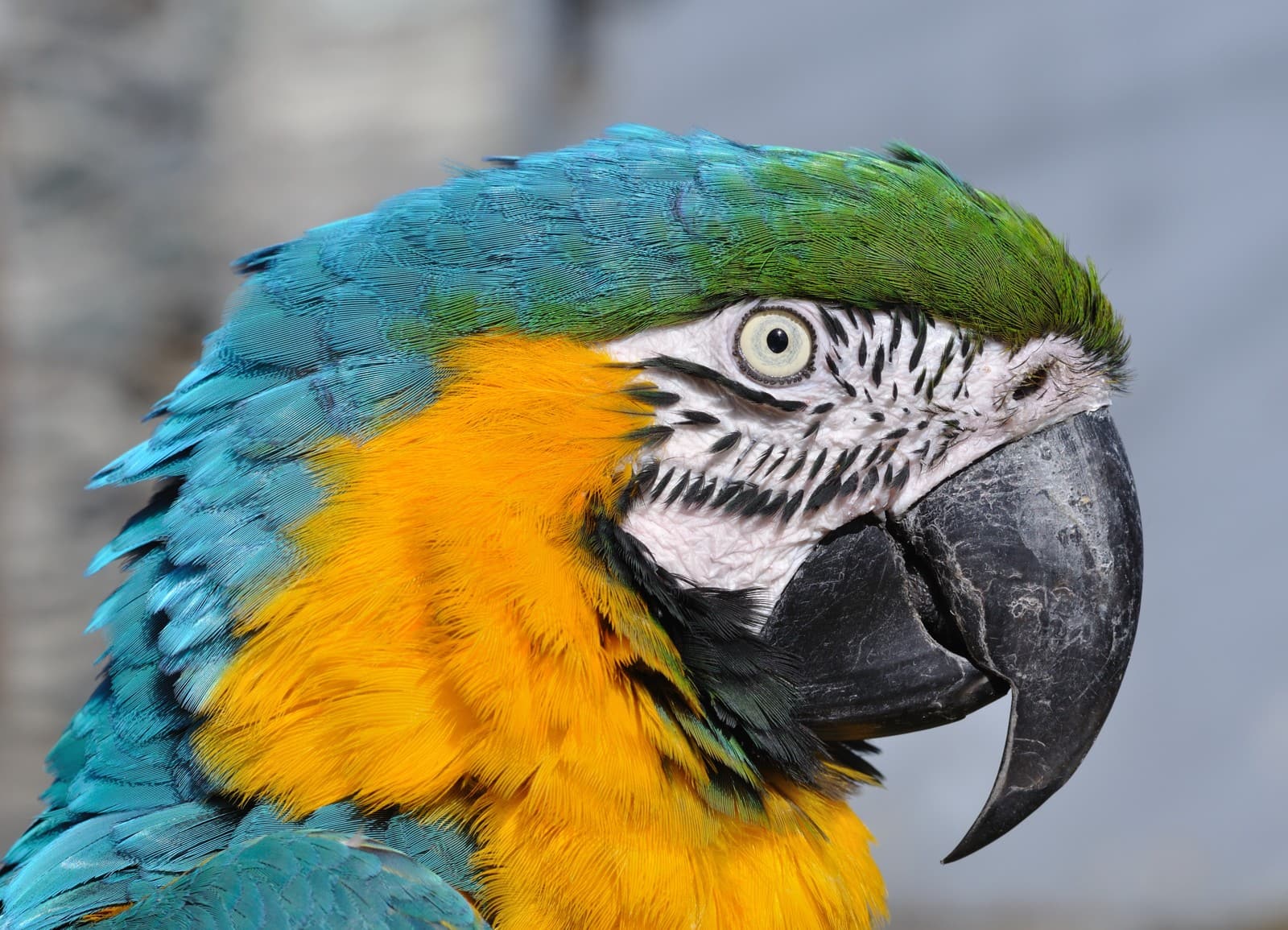
© Quartl / CC BY-SA 3.0
The Blue-and-yellow Macaw exemplifies the spectacular coloration that makes Macaws among the most striking parrots in existence. Their powerful beaks and long tail feathers are adaptations perfectly suited to their rainforest habitat.
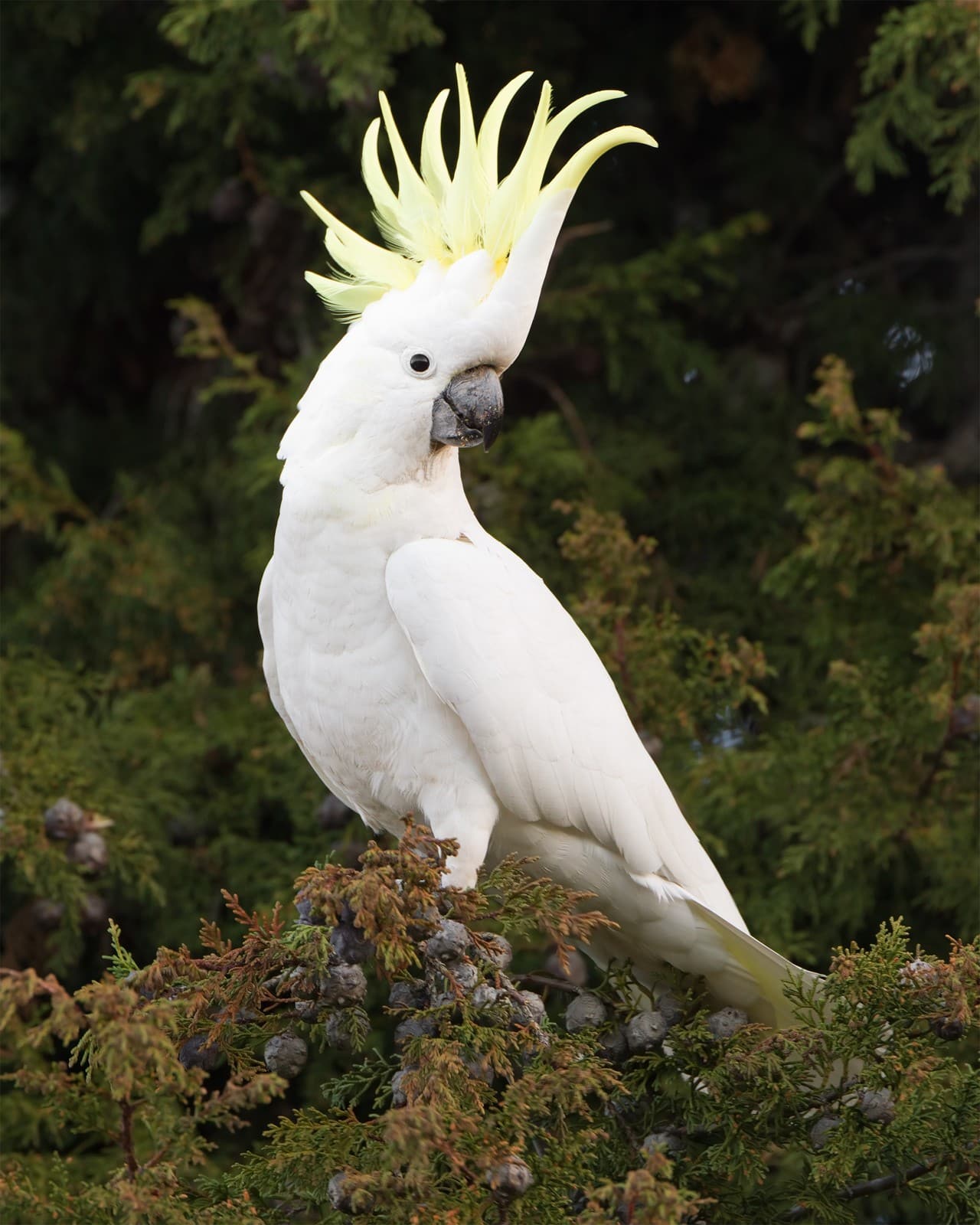
© JJ Harrison (https://www.jjharrison.com.au/) / CC BY-SA 3.0
The Sulfur-crested Cockatoo demonstrates the elegant simplicity of these Australian parrots. Their expressive crests and predominantly white plumage create a striking contrast to their more colorful Macaw cousins.
Key Differences Between Macaws and Cockatoos
| Feature | Macaw | Cockatoo |
|---|---|---|
| Size | 20-40 inches (50.8-101.6 cm) | 12-24 inches (30.5-61 cm) |
| Lifespan | 50-60 years | 70-80 years |
| Coloration | Vibrant rainbow colors | Primarily white with colored crests |
| Native Habitat | Central/South America | Australia/Southeast Asia |
| Distinctive Features | Long tail, bare facial patch | Erectile crest, rounded head |
| Noise Level | Loud screams and calls | Very loud, frequent vocalizations |
Personality and Behavior Differences
Macaws and Cockatoos exhibit distinct personality traits that potential owners should consider. Macaws tend to be more independent and playful, often content to entertain themselves with toys and puzzles. They’re known for their boisterous nature and powerful vocalizations, particularly during dawn and dusk.
Cockatoos, conversely, demand more attention and emotional connection from their caregivers. These highly sensitive birds are often described as more emotionally needy, requiring consistent interaction and affection. Their intelligence manifests in strong problem-solving abilities and complex emotional responses.
Care Requirements and Housing
Space Requirements
- Macaws need larger cages due to their size: minimum 36”W x 24”D x 48”H (91.4 x 61 x 121.9 cm)
- Cockatoos require medium to large cages: minimum 24”W x 24”D x 36”H (61 x 61 x 91.4 cm)
Diet Specifications
Both species require specialized diets, but with different emphasis:
Macaws need:
- Higher fat content
- Variety of nuts and seeds
- Fresh fruits and vegetables
- Specialized pellets
Cockatoos require:
- Lower fat content
- More vegetables than fruits
- Limited seed intake
- High-quality pellets
Intelligence and Training Capabilities
Both Macaws and Cockatoos demonstrate remarkable intelligence, but their learning styles differ significantly. Macaws excel at problem-solving and show particular aptitude for learning tricks and commands. Their strong personalities make them excellent performers, though they may be stubborn during training sessions.
Cockatoos often display more emotional intelligence and can learn complex behavioral patterns. They’re particularly adept at mimicking human speech and understanding emotional contexts, making them exceptional companions for experienced bird owners who can provide consistent attention and training.
Health Considerations
When comparing Macaw vs Cockatoo health needs, both species require regular veterinary care but face different challenges:
Macaws are prone to:
- Macaw Wasting Disease
- Psittacine Beak and Feather Disease (PBFD)
- Vitamin A deficiency
Cockatoos commonly experience:
- Fatty liver disease
- Self-mutilation behaviors
- Respiratory infections
Cost Comparison
Initial and ongoing costs vary between these species:
Macaws:
- Purchase price: $1,000-$18,000
- Annual care: $1,200-$3,000
- Larger cage investment: $500-$2,500
Cockatoos:
- Purchase price: $700-$12,000
- Annual care: $1,000-$2,500
- Cage costs: $400-$1,500
Which Bird Is Right for You?
Choose a Macaw if you:
- Have space for a larger cage
- Prefer independent pets
- Can handle loud vocalizations
- Want a more colorful companion
Choose a Cockatoo if you:
- Can provide constant attention
- Have experience with emotional birds
- Want a more cuddly companion
- Can commit to a longer lifespan
Both species make extraordinary companions for the right owners, but their distinct characteristics require careful consideration before making this long-term commitment to either magnificent parrot species.
